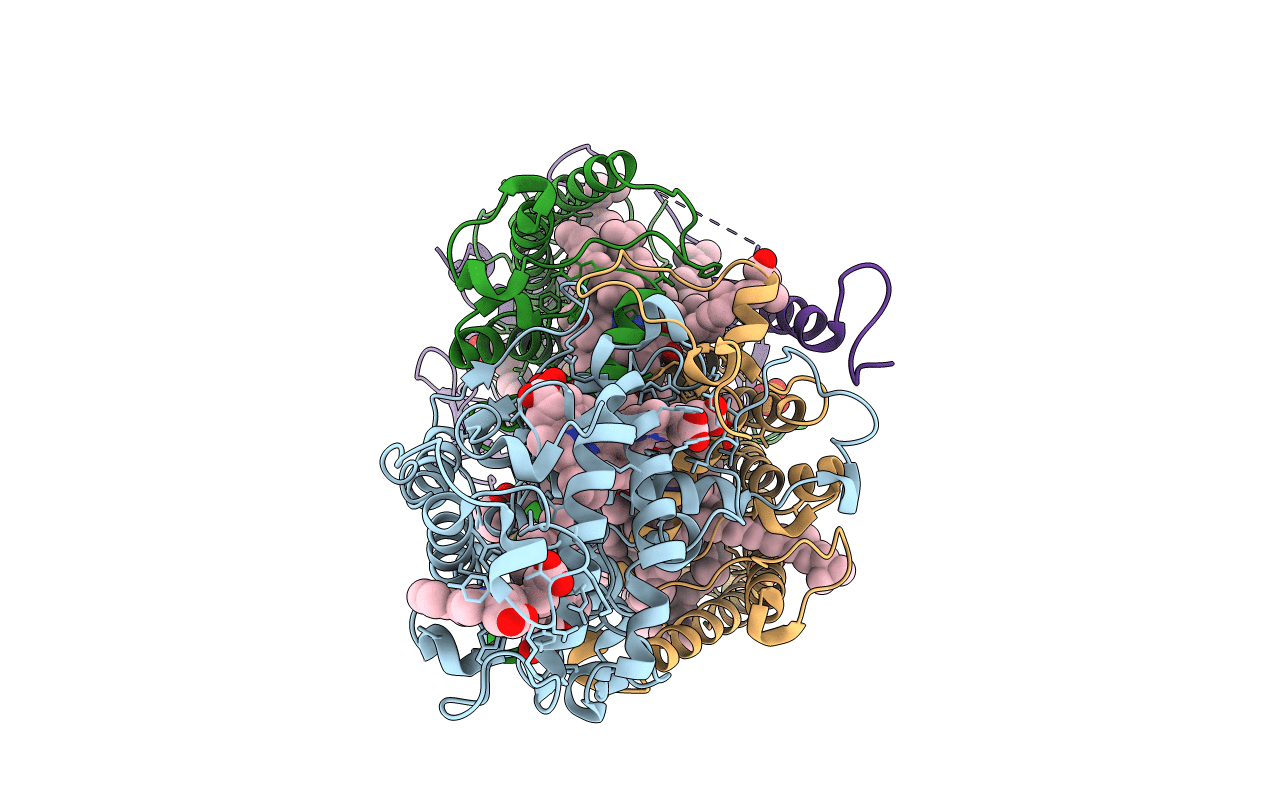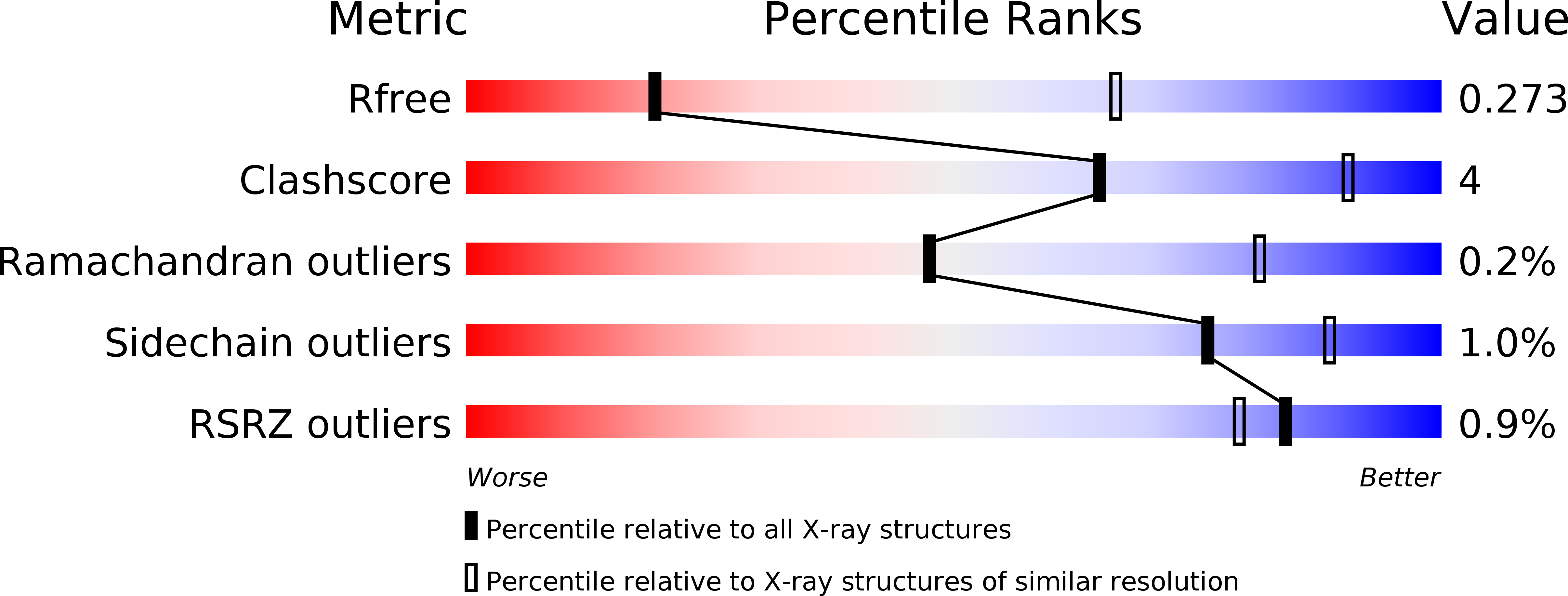
Deposition Date
2016-10-28
Release Date
2017-02-08
Last Version Date
2024-11-06
Entry Detail
PDB ID:
5M7J
Keywords:
Title:
Blastochloris viridis photosynthetic reaction center structure using best crystal approach
Biological Source:
Source Organism:
Blastochloris viridis (Taxon ID: 1079)
Method Details:
Experimental Method:
Resolution:
3.50 Å
R-Value Free:
0.27
R-Value Work:
0.25
R-Value Observed:
0.25
Space Group:
P 21 21 21


